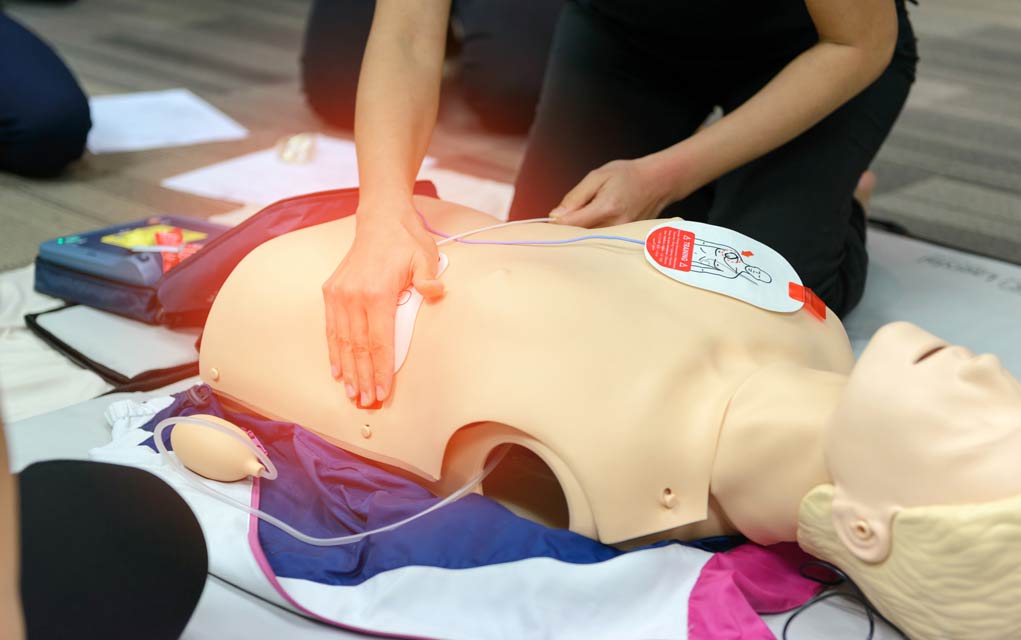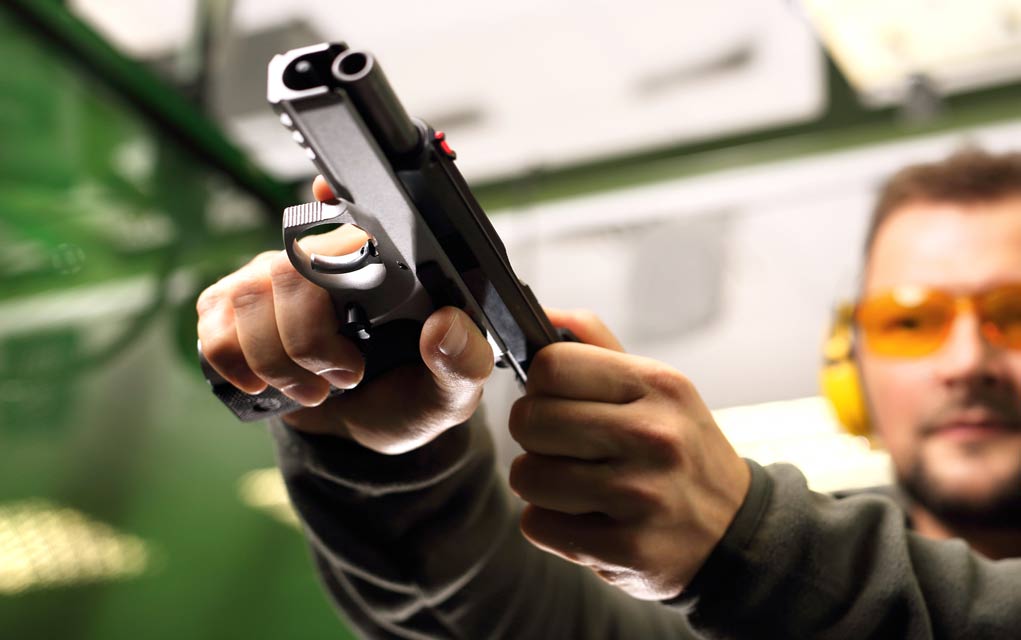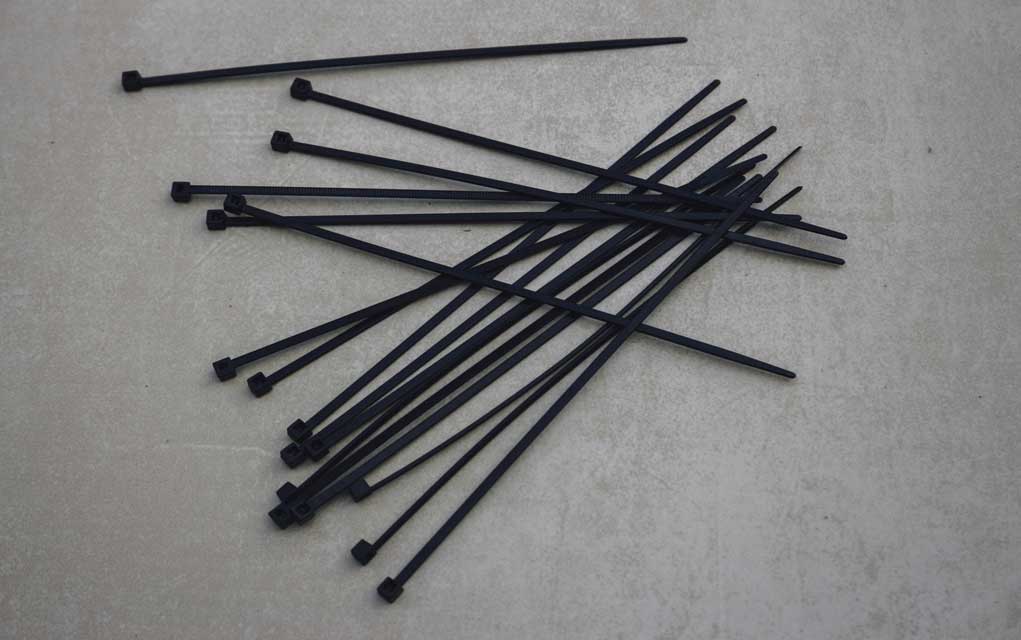(Modern Survival.org) – You can use an automated external defibrillator (AED) if a victim is on a metal surface. True or False?
• True
• False
• Rubber gloves only
• Dry metal surface
Answer: True. Here’s why…
Preparing to face an emergency isn’t just about knowing how to survive in the wild or overcome a large-scale disaster. This knowledge is great, but knowing how to save a life in the day-to-day world is also important. For example, if someone goes into cardiac arrest, knowing how to use an automated external defibrillator (AED) could be the difference between life and death for that person.
The following video shows how to use an AED, as explained by the American Red Cross:
If possible, perform cardiopulmonary resuscitation (CPR) on the victim until an AED is located (by another bystander). This will keep blood and oxygen flowing through the body.
Once the AED is present, turn the machine on. The machine should give instructions on how to proceed.
The recipient’s chest must be bare to attach the pads, so clothing may need to be removed before using the AED. It’s important to ensure the victim’s chest is also dry, as the AED will administer a shock, and the pads need to stick to the skin.
Once the chest is bare and dry, place one pad on the upper right chest and the second on the left side of the chest, as the video shows. The AED will analyze the patient’s heart rhythm. Do not allow anyone to touch the patient while the AED performs this task.
Once the AED has finished its analysis, it will either give instructions on administering a shock to the victim or state that CPR needs to continue. If a shock is required, press the corresponding button on the machine. After the shock, begin CPR for two minutes until the AED analyzes the victim again. Continue following prompts from the machine until emergency services arrive or the victim shows signs of life.
Contrary to popular belief, using an AED on someone laying on a metal surface is safe. Be sure the pads do not touch the metal surface directly and that the metal is not wet.
Knowing basic emergency skills, such as how to use an AED and perform CPR, is incredibly important. You never know when someone may need a knowledgeable bystander to save their life.
To see if it is safe to continue CPR after a person’s ribs break, check out our article here.
~ Here’s to Your Survival!
Copyright 2023, ModernSur\vival.org













